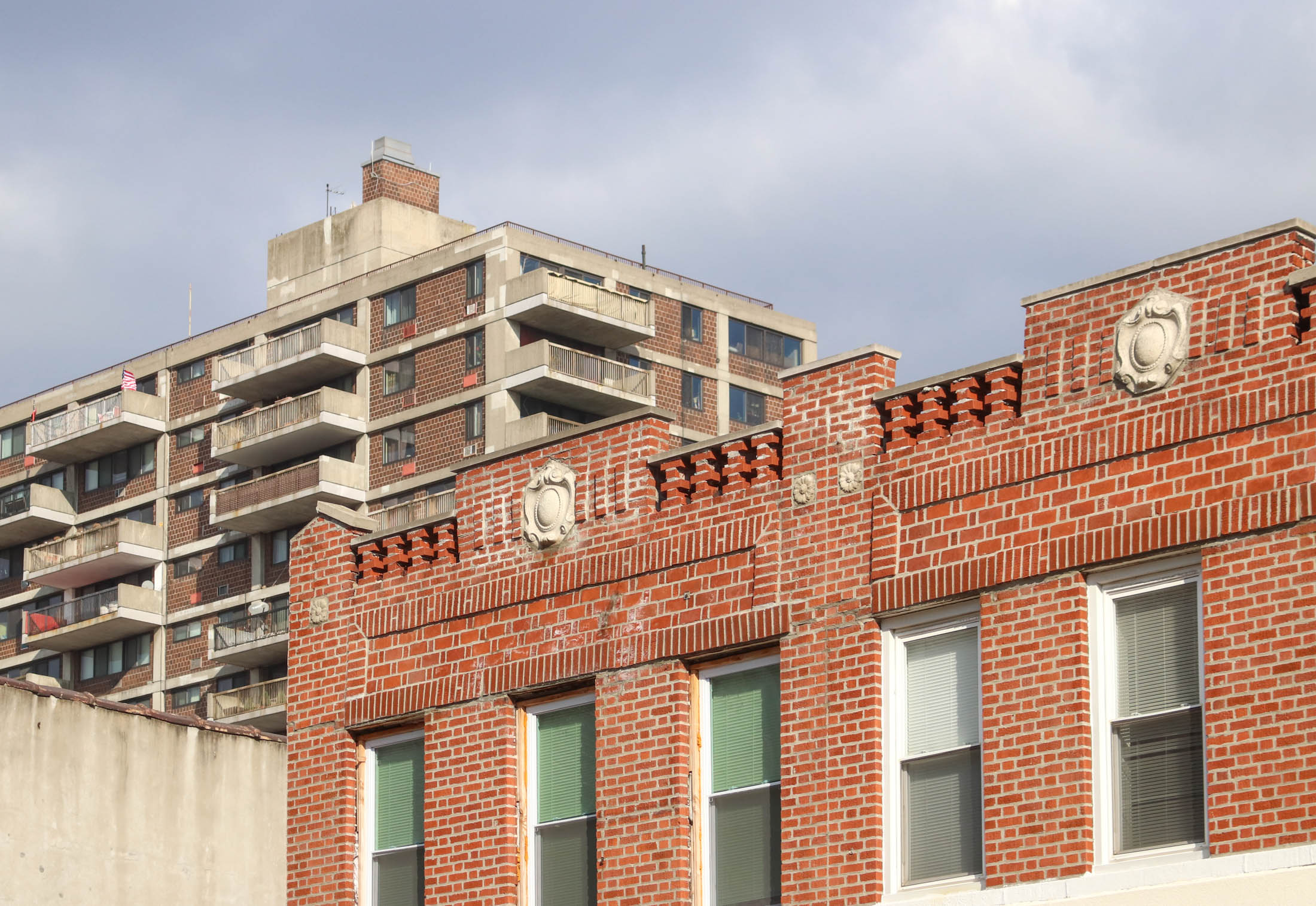Little Boxes, Big Slums
So what happens when McMansions all over the country are downgraded in status and price to the dollar menu? According to an article in The Atlantic, it means we’re witnessing a huge shift in where Americans are choosing to live. The piece, by Brookings Institution fellow/Arcadia Land Company honcho Christopher B. Leinberger, racks up fact…


So what happens when McMansions all over the country are downgraded in status and price to the dollar menu? According to an article in The Atlantic, it means we’re witnessing a huge shift in where Americans are choosing to live. The piece, by Brookings Institution fellow/Arcadia Land Company honcho Christopher B. Leinberger, racks up fact after fact to support the theory that the suburbanization of the U.S. has run its course:
For 60 years, Americans have pushed steadily into the suburbs, transforming the landscape and (until recently) leaving cities behind. But today the pendulum is swinging back toward urban living, and there are many reasons to believe this swing will continue. As it does, many low-density suburbs and McMansion subdivisions, including some that are lovely and affluent today, may become what inner cities became in the 1960s and ’70s—slums characterized by poverty, crime, and decay.
Leinberger argues that as cities have increased in cachet over the past decade or so, builders have gone gangbusters on the suburbs, leading to overdevelopment in non-urban areas and huge price premiums in our cities. One demographer he cites forecasts a “likely surplus of 22 million large-lot homes forecasts a likely surplus of 22 million large-lot homes (houses built on a sixth of an acre or more) by 2025—that’s roughly 40 percent of the large-lot homes in existence today.” There are plenty of good reasons to believe cities—and manufactured, urban-esque “lifestyle centers” outside of cities that include walkable streets and retail clusters—will only continue to grow in popularity. For example, Leinberger notes that by 2025 there will be an equal number of single-person households as families with children. The whole article is well worth a read, though it oddly doesn’t address the possible racial ramifications of a suburbia-as-slum/cities-of-gold cultural shift. Still and all, it’s a sobering look at how the McMansion developments of today may be the poverty-stricken badlands of tomorrow.
The Next Slum? [The Atlantic]
Photo by bob.





how do you know it’s a she, 4:49? are men not allowed to have boyfriends?
homophobes are gay.
2:14 has posted that remark on every thread today (bought BS shares at 2 and sold them for 6.80) – what is her motive????? is she a bear sterns employee trying to boost the stock prices by getting everyone to buy shares?? mysterious.
“100+ year old mcmansions are the brownstones, limestones and victorians that are found all over Brooklyn”
Is that really what they are, moron?
****
McMansion is a pejorative architectural term which first came into use in the United States during the 1980s as a description of a particular style of housing that is constructed in an assembly line fashion reminiscent of food production at McDonald’s fast food restaurants. So-called “McMansions” often have a large footprint, cookie-cutter designs, similar architectural styles, and are often located in a newer, larger subdivision or replace existing, smaller structure in older neighborhoods. A McMansion is generally considered a house between 2,200 and 3,500 square feet in size in homogeneous communities that are often produced by a developer. Although they are generally large homes, they are mass produced and are not of the caliber of a mansion.
Go look at the Department of Buildings violations, 4:40. You will find hundreds of thousands of examples.
better yet u show us a mcmansion that’s more than 100 yrs old.
100+ year old mcmansions are the brownstones, limestones and victorians that are found all over Brooklyn
and sorry but Phoenix isnt a response – we are talking about building failure not market failure. Surely if modern construction was so poor and crappy you must have tons of structural failures to point to as example.
98
“Please name a recent example of anything built in the last 20 years suffering from a catastrophic and unexpected failure?”
Phoenix, Arizona
better yet u show us a mcmansion that’s more than 100 yrs old.
you chicken littles are amusing – the avearge “mcmansion” or recent condo will last 100s of years. Some are shoddy and will need more work than others but modern construction builds strong and long lasting buildings.
Please name a recent example of anything built in the last 20 years suffering from a catastrophic and unexpected failure?